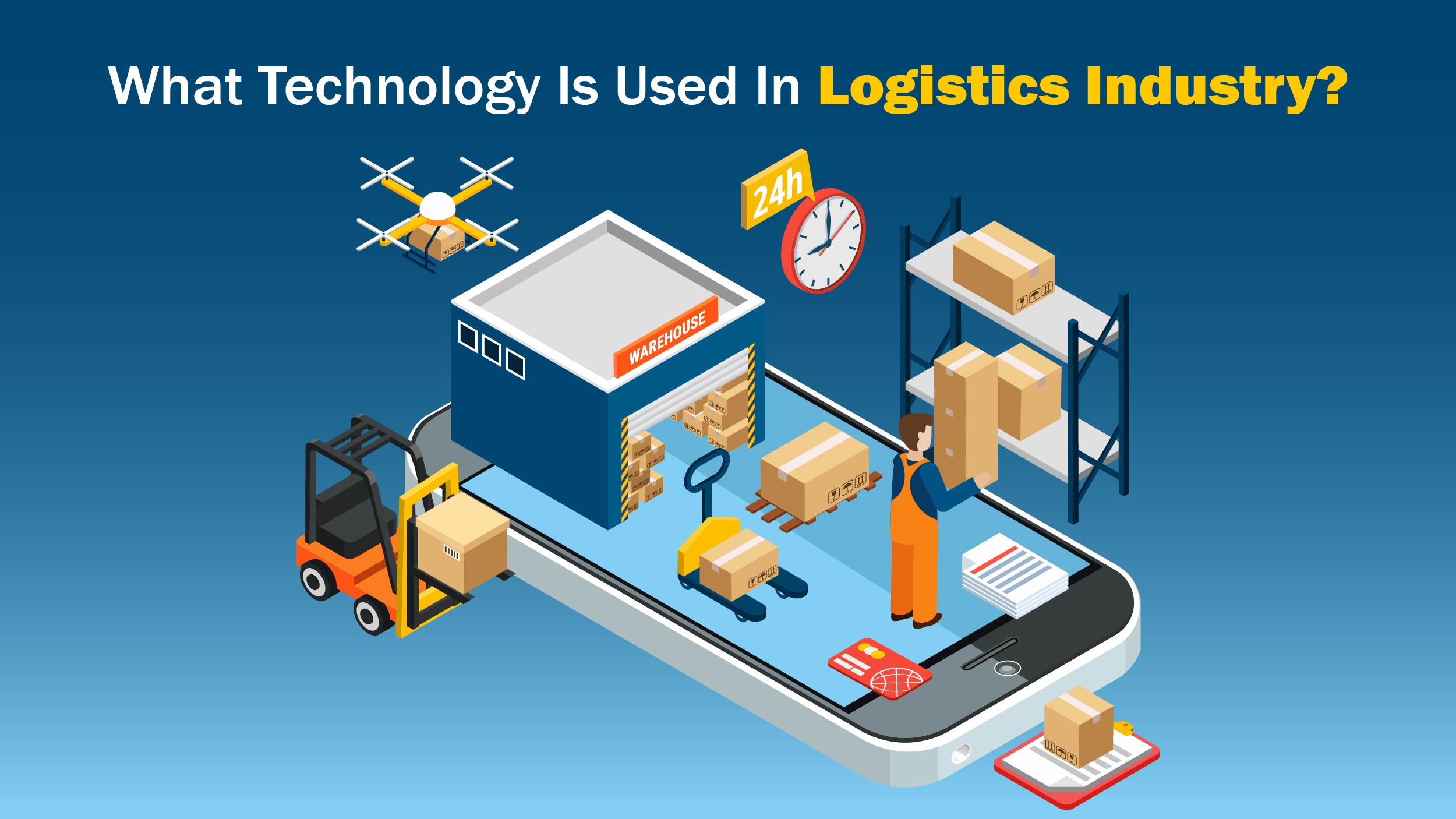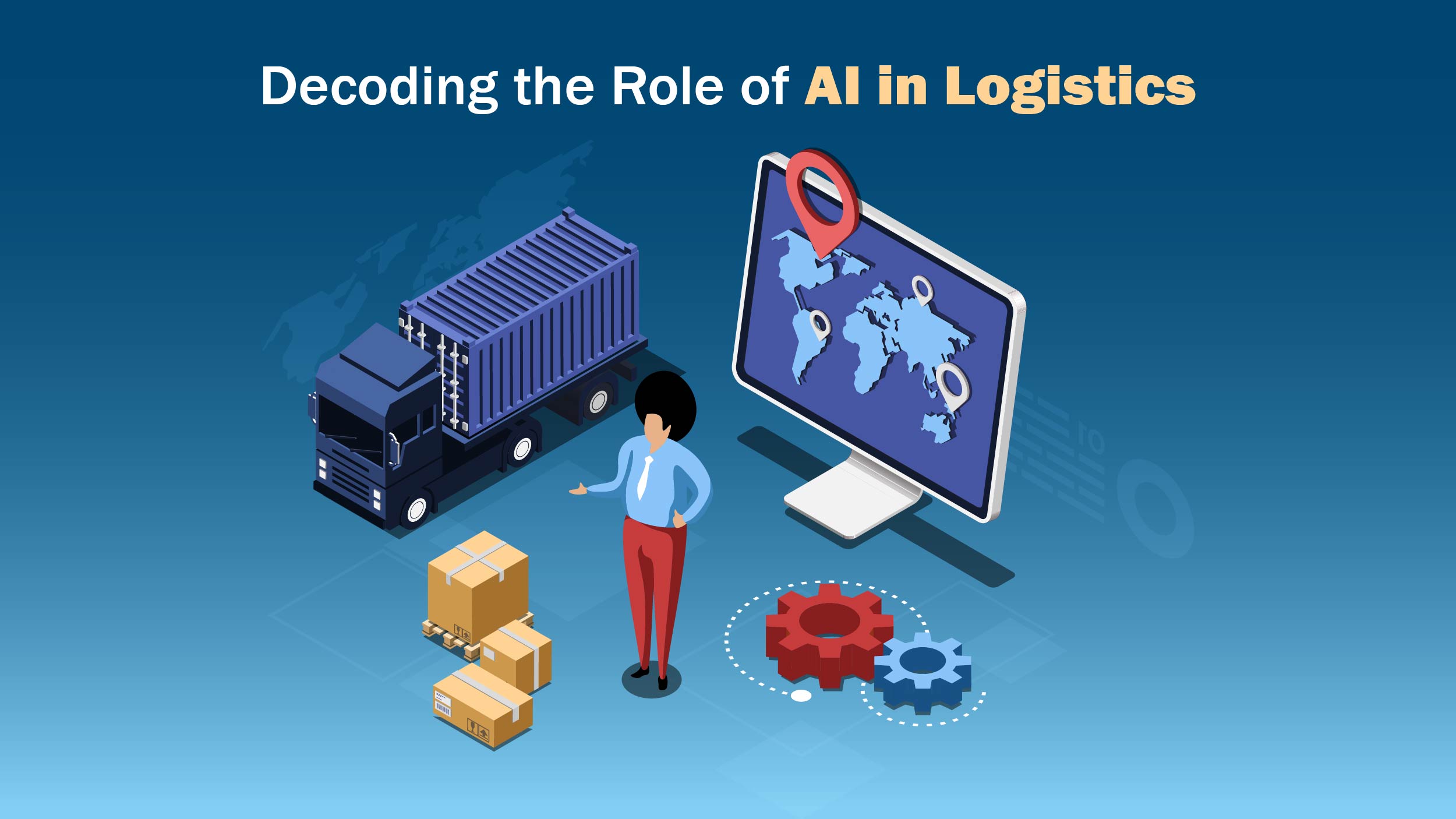By 2023, more than 90% of organizations had either adopted or were considering implementing new technology in logistics or supply chain operations. As we progress into 2024, the demand for advanced solutions is rapidly increasing, evident in the dynamic shifts within the supply chain management software market. Businesses are embracing automation, artificial intelligence (AI), sustainability solutions, blockchain, and the Internet of Things (IoT) to enhance operations. Through the integration of cutting-edge technology, they strive to optimize processes, boost efficiency, and adapt to evolving customer needs. This article discusses logistics and how technological advancements are transforming the industry.
What is Logistics?
Logistics in business involves efficiently handling the transportation, storage, and movement of resources like raw materials and finished goods. It covers tasks like customer service, forecasting demand, storing items, managing inventory, processing orders, and shipping. The main aim is to keep everything moving smoothly along the supply chain, meeting customer needs, and giving businesses an edge.
Good logistic management is key to a company’s success. It ensures materials get where they need to go, contracts are fulfilled, and services are provided. By fine-tuning supply chain management, businesses can work smarter, cut costs, and keep customers happy. It’s also vital in supply chain management, making sure everything from products to services gets from A to B efficiently.
What Technology Is Used In Logistics Industry?

Here’s a rundown of key technologies transforming the industry:
Internet of Things (IoT): Connecting objects and systems, IoT tracks shipments, manages inventory, and predicts maintenance needs in real time.
Artificial Intelligence (AI): From demand forecasting to route optimization, AI analyzes data to streamline. Chatbots and virtual assistants also enhance customer support.
Blockchain: Ensuring transparency and security, blockchain tracks supply chains, verifies product authenticity, and simplifies documentation.
Automation: Robotics and autonomous vehicles handle warehouse tasks, package sorting, and even last-mile deliveries, boosting efficiency.
Also Read: Is Precision Farming Cultivating the Future of Crops?
Cloud Computing: Offering scalability and real-time data access, cloud solutions foster collaboration and integration across the supply chain.
Big Data Analytics: Extracting insights from vast data sources, analytics improve decision-making, route optimization, and operational efficiency.
Augmented Reality (AR): Guiding warehouse tasks with visual cues, AR enhances accuracy in picking and packing, and aids in training and remote assistance.
Decoding the Role of AI in Logistics

AI is rapidly becoming indispensable, driving significant advancements and reshaping operations. Predictions by McKinsey suggest that by 2030, AI will emerge as a pivotal technology, surpassing humans in repetitive tasks, particularly amid ongoing trade and challenges.
Integrating AI offers numerous advantages:
- Enhanced Data Optimization: Through natural language processing (NLP) and machine learning (ML), AI efficiently manages vast datasets, boosting operational accuracy across diverse environments.
- Advanced Analytics: AI-powered analytics outperform manual methods, leveraging computational power to consider all relevant data. This enhances logistic efficiency, reduces uncertainty, and minimizes costs.
- Demand Forecasting: AI plays a crucial role in predicting demand amidst the e-commerce surge. By analyzing historical data and external factors like holidays, enables optimal asset management, proactive capacity planning, and improved service levels.
- Automation Benefits: AI-driven vehicles and robots improve speed and working conditions for human workers in transportation and warehouse operations.
- Strategic Decision-Making: AI, when integrated with digital twins, empowers strategic decision-making by simulating scenarios, reducing risk, and fostering agility.
AI’s impact on logistics is profound, enriching data, transforming forecasts, and empowering decision-making processes. However, amidst the AI hype, it’s essential to recognize and address misconceptions about its capabilities.
Cross Border Logistics Explained
Cross-border logistics refers to the management and coordination of the movement of goods, materials, and resources across international borders. It involves navigating various challenges, such as customs regulations, documentation requirements, transportation, and supply chain complexities. To address these challenges, this industry utilizes several technologies and strategies, including:
Global Trade Management (GTM) Systems: GTM systems help streamline cross-border management by automating and centralizing processes such as customs compliance, documentation, and trade regulations. These systems ensure adherence to international trade laws and facilitate the efficient movement of goods across borders.
Transportation Management Systems (TMS): TMS platforms optimize the transportation of goods across borders by providing visibility, route optimization, and carrier management capabilities. These systems help track shipments, manage customs documentation, and ensure timely delivery.
Electronic Data Interchange (EDI): Trading partners can exchange business papers electronically via EDI. This reduces human paperwork and increases efficiency in cross-border transactions by facilitating the smooth transfer of information like purchase orders, invoices, and customs declarations.
Customs Brokerage Services: Customs brokers are experts in navigating customs regulations and procedures. They assist businesses in preparing and submitting the necessary documentation, ensuring compliance with customs requirements, and facilitating the smooth movement of goods across borders.
Track and Trace Technologies: Track and trace technologies, such as GPS tracking and RFID tags, provide real-time visibility into the location and status of shipments during transit. These technologies enable better supply chain visibility, improved inventory management, and enhanced customer service.
Collaborative Platforms: Collaborative platforms connect various stakeholders in the cross-border process, including shippers, carriers, customs authorities, and logistic service providers. These platforms facilitate communication, data sharing, and collaboration, ensuring seamless coordination and reducing delays.
Cross-Border E-commerce Solutions: With the growth of cross-border e-commerce, specialized management solutions have emerged to address the unique requirements of international online retail. These solutions include integrated customs clearance, localized warehousing, and last-mile delivery networks to enable efficient cross-border e-commerce operations.
By leveraging these technologies and strategies, the logistics industry aims to overcome the complexities and challenges associated with cross-border operations. The goal is to ensure efficient, secure, and timely movement of goods across international borders, enabling businesses to expand their global reach and meet customer demands effectively.
Future Logistics Technologies
Below is a list of current and future trends anticipated to propel logistic technology forward.
Measuring Future Capacity
Forecasting future capacity demand in logistics is now a reality, thanks to tailored forecasting models. These models don’t just predict volumes; they enhance safety stock management, boost fleet utilization, optimize operations, cut costs, and improve employee efficiency.
Demand projections for the next few days or weeks have a big influence on cost-cutting and operational planning, especially for businesses with narrow profit margins. In order to accomplish efficient fleet management, businesses combine augmented intelligence tools with demand forecasting, resulting in a “human-in-the-loop AI” strategy that combines AI recommendations with human judgment.
Data-driven optimization is Revolutionizing Logistics Planning
Logistics optimization is crucial for surpassing customer expectations and ensuring smooth operations within the networks. This involves refining strategies to handle modern business challenges effectively.
Optimization entails juggling various variables like inventory management, warehousing, transportation, and distribution, making it complex. Logistic management planners need both a long-term vision and short-term agility to plan effectively. Long-term planning focuses on adapting to market dynamics, reducing costs, enhancing service, and remaining competitive. Short-term planning involves using real-time data analytics and AI-powered forecasting to address bottlenecks and optimize resource allocation instantly.
Customer Service Drives Change
As customer expectations evolve, industry leaders predict that 30-minute deliveries will become the norm. Building businesses around swift, affordable deliveries is crucial. Collaborative efforts among retailers, logistic providers, and other industry players, backed by data-driven solutions, optimize processes and enhance the B2B2C customer experience.
End Note
Logistics plays a vital and irreplaceable role in today’s globalized world. It encompasses the efficient management of resources, transportation, and supply chain processes to ensure the seamless flow of goods and services. With the integration of emerging technologies such as AI, IoT, blockchain, and automation, this industry is poised for transformative growth.



